High-Quality SLA 3D Printing Service
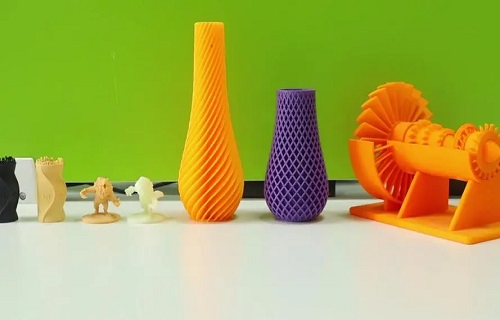
SLA 3D Printing Service: High-Quality, Fast Turnaround, Affordable
Imagine holding a creative spark in your hand, whether it's a complex product prototype, a unique custom gift, or an artistic creation, our SLA 3D printing service can turn these sparks into reality. We use cutting-edge SLA (Light Curing) technology to quickly and accurately create high-quality 3D printed parts, making every detail come to life.
We can promise to provide you with fast production cycles and discounted prices. Regardless of the size of the project, we can tailor printing solutions according to your specific needs, ensuring that every piece of work exhibits excellent detail performance and stable quality.
With just one inquiry, you can easily enjoy industry-leading SLA 3D printing services. Whether you are an individual creator or a corporate client, please feel free to contact us at any time. We will do our best to bring you a high-quality, fast, and efficient 3D printing experience. Looking forward to serving you and witnessing the miracle of creativity together!
How SLA 3D Print Works
Stereolithography (SLA) is the original 3D printing technology, also known as rapid prototyping (RP) or additive manufacturing (AM). SLA is a highly mature technology that has been commercially available for a long time.
Currently, SLA technology is widely applied in the production of conceptual models, general components, appearance verification, and assembly verification across various industries such as automotive, medical, consumer electronics, game animation, architectural design, sculpture, and home decor. In some cases, it can also be used for functional testing.
The SLA process uses photosensitive resin as the raw material. An ultraviolet (UV) laser, controlled by a computer, scans the liquid resin according to the contours of each layer of the predetermined part. The thin layer of resin in the scanned area undergoes photopolymerization, forming a solid layer of the part. By sequentially scanning, curing, and stacking these thin layers, a complete three-dimensional model is ultimately obtained.
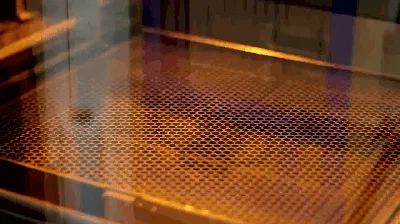
Stereolithography (SLA) is an additive manufacturing technology that can 3D print parts with intricate features, tight tolerances, and smooth surface finishes.
SLA Design Guidelines and Capabilities
Our basic guidelines for stereolithography include important design considerations to help improve part manufacturability, enhance cosmetic appearance, and reduce overall production time.
| Build Envelope Capability | 450*450*350mm | 600*600*400mm | 800*800*550mm | 1400*700*500mm |
| Accuracy | L<100mm: ±0.1mm | L<100mm: ±0.1mm | L<100mm:±0.1mm | L<100mm: ±0.2mm |
| L≥100mm: ±0.1% XL | L≥100mm: ±0.1% XL | L≥100mm: ±0.15% XL | L≥100mm: ±0.2% XL | |
| Weight | 30KG (66.11b) | 36.2KG (79.81b) | 150KG (330.71b) | 180KG (396.8lb) |
| Layer Thickness | 0.05-0.25mm | 0.05-0.25mm | 0.07-0.25mm | 0.1-0.25mm |
| Material | Primary Benefits | Color | Tensile Strength | Tensil Modulus | Elongation |
| ABS-Like White | 1>Durable, General purpose resin; 2>Accommodates extra-large parts | White | 38-56 | 2589-2695 | 8-12% |
| ABS-Like Grey | 1>Durable, General purpose resin; 2>Highest HDT of the ABS-Like SLA resin | Grey | 40-44 | 1900-2090 | 13-20% |
| ABS-Like Black | 1>Low moisture absorption of SLA resin; 2>Glossy cosmetic appearance | Black | 41-58 | 2649-2731 | 7-11% |
| ABS-Like Yellow | 1>Produces highest resolution parts; 2>Ideal for extra-small parts | Yellow | 38-56 | 2589-2695 | 8-12% |
| ABS-Like Clear | 1>Lowest moisture absorption of SLA resin; 2>Functional transparency | Clear | 48 | 12% |
SLA Printed Parts Application
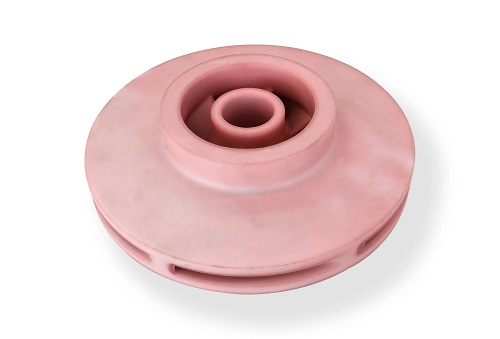
For Casting Industry
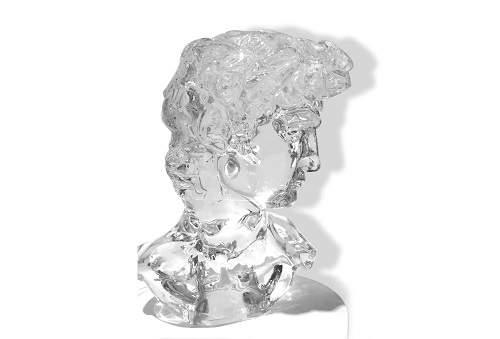
For Artworks Prototyping

For Toy Industrial
SLA 3D printing equipment
As a professional 3D printing company, we have 50 SLA resin 3D printers, as well as 6 SLS nylon 3D printers and metal 3D printers. We have a variety of 3D printing materials to choose from, as well as various post-processing processes and complete outsourcing processing capabilities. We provide services such as 3D printing, copying, and coloring, and have established a dedicated team for model production business, possessing excellent display analysis and design capabilities. Possess strict quality management system certification. We have rich experience in industries such as automobiles, home appliances, office equipment, building models, medical dentistry, jewelry, sculpture, ceramics, etc.
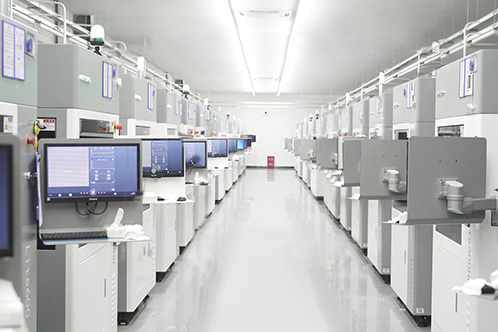
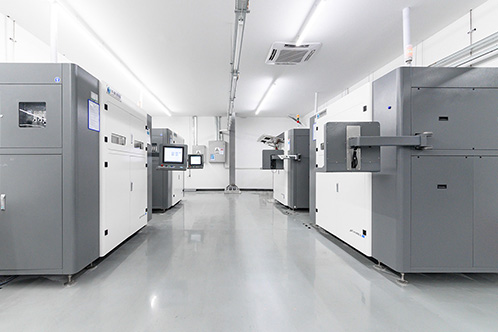
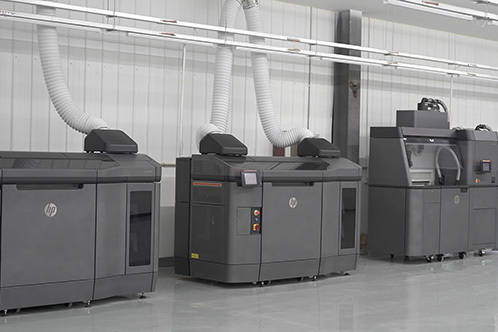
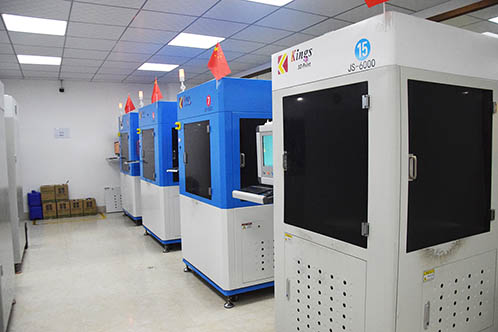
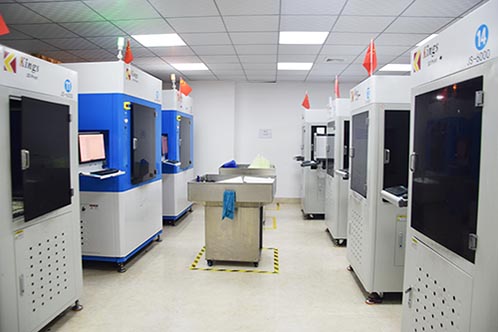
SLA 3D Printing FAQ
What is SLA 3D Printing?
SLA (Stereolithography) is an additive manufacturing process that uses a UV laser to selectively cure and solidify photosensitive resin layer-by-layer to create 3D printed parts.
What are the advantages of SLA 3D Printing?
The key advantages of SLA 3D printing include high resolution, smooth surface finish, tight dimensional accuracy, and the ability to produce complex geometries.
What types of materials can be used in SLA 3D Printing?
SLA 3D printing primarily utilizes photosensitive liquid resins, which are available in a variety of formulations including acrylic, epoxy, and hybrid resins for different applications.
What are the common applications of SLA 3D Printing?
SLA 3D printing is widely used for rapid prototyping, product design, dental/medical models, investment casting patterns, architectural models, and small-batch production of end-use parts.
How does the SLA 3D printing process work?
In SLA, a UV laser selectively traces and cures the liquid resin layer-by-layer according to the 3D model data. The build platform lowers after each layer is cured, allowing the next layer to be printed.
What is the typical part accuracy and resolution of SLA 3D Printing?
SLA 3D printers can achieve feature resolutions down to 25-50 microns and part tolerances within ±0.1-0.3 mm, making it suitable for high-precision applications.
How fast is the SLA 3D printing process?
Compared to other 3D printing technologies, SLA can be relatively fast, with print speeds ranging from 1-10 mm per hour depending on the part geometry and printer specifications.
What post-processing steps are required for SLA 3D printed parts?
After printing, SLA parts typically require post-curing under UV light to fully harden the resin, as well as support removal and potential surface finishing.
What are the limitations of SLA 3D Printing?
Key limitations include part size restrictions, relatively higher material costs, and the need for post-processing compared to some other 3D printing methods
How does the cost of SLA 3D Printing compare to other 3D printing technologies?
SLA 3D printing is generally more expensive than FDM or SLS 3D printing, but the higher costs are often justified by the superior part quality and accuracy.